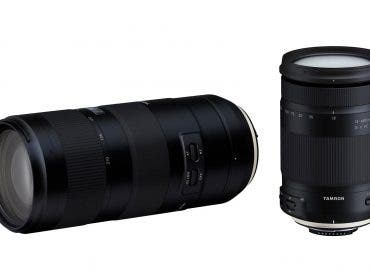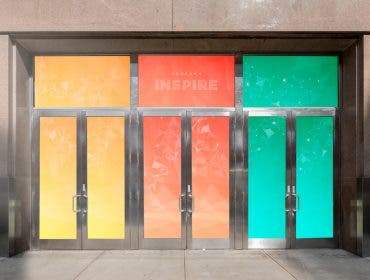You are just not that into your day job anymore. You love making photographs. Your friends and family tell you that you are really good at it. Maybe people are already hiring you and you are shooting assignments on the weekends. You sleep, eat, and breathe photography and are chomping at the bit to jump in with both feet. Is it time to quit your day job? The truth is, only you can answer that question. What I can do is share my experience and give you a check list. The rest will be up to you.
I am a big believer in teaching others from the mistakes that I have made. Exactly 20 years ago, I left my staff photography position at a small weekly newspaper because I wanted to work for larger news organizations and be able to travel to cover stories internationally. In addition to working at the paper, I had a few portrait clients and had already been hired a handful of times to photograph weddings so I figured I was set.
What I didn’t realize at the time was that the word “freelancer” actually means “business owner.” Meaning my success both financially and in general as an independently employed photographer was dependent on my ability to run a business. As an idealistic person I insisted to myself that talent and determination would be enough. This was my version of quitting my day job, and let’s just say, I have had to eat many slices of humble pie along the way.
If you are ready to make the jump and become a professional photographer, I applaud your adventurous spirit and welcome you aboard. Below is a checklist of what you will need in order to succeed.
At this stage I will assume:
- You have your gear or at least one camera body, a few lenses, and a flash — the rest you can rent or buy as you are able. You have enough experience with your gear that you are confident and when you do run into technical difficulties or any kind of difficulty, and you know how to troubleshoot and remain calm under pressure.
- You have your niche or a specific market where you think your ideal clients are, and you have a strategy of how to reach them.
- You have a website or well populated Instagram account where potential clients can see your work.
- You have enough money in your savings account that you can financially weather starting a business. This is the time when you will spend more money than you earn.
What you need in your bag of tricks besides camera gear:
I often think about my camera bag like Mary Poppins’ carpet bag or Hermione Granger’s magic bag — there are things that I can pull out of my bag of tricks which are not physical, things like skill, experience, relationships, and resources.
- Business acumen: Marketing, sales and advertising know-how. If you don’t know the difference between these three things you might need to tap on the brakes before you quit your day job. Your success in today’s market depends more on your skill as a business person than as a photographer. We all have seen plenty of mediocre photographers who are booked solid with assignments. This is because they are good businesspeople.
- Graphic designer: If you don’t have graphic design skills you need to hire someone who does. Develop a relationship with them so they know how you want your designs, logo, books, and cards to look. I have worked with the same graphic designer for six years and because he knows what I like, it saves me time and money.
- Insurance: You need to buy insurance to cover that expensive equipment you just invested in as well as liability insurance. As a freelancer, you will also have to buy your own health insurance. And you may want to buy home/renters insurance to cover any of the business equipment your business policy doesn’t cover.
- A professional community: Don’t go it alone. I repeat, don’t go it alone. There’s a lot to learn, and thankfully in my experience the photography industry has one of the most supportive communities I have ever experienced. Join a professional association like ASMP, NPPA, or APA. Get involved with a local group or even a Facebook group. And, of course Adorama’s Learning Center and the event space provide many opportunities to learn new skills and grow your community.
- Stay persistent (it’ll pay off): Make sure inside your bag of tricks you have skin thickener and a sense of humor. Being in a creative field means that you will have to deal with a lot of rejection. In the beginning, you may not land the jobs you thought you’d land. Or you may land a job and then the client doesn’t like your work. Perhaps they like the first few jobs you do but then they want something different. Perhaps they no longer have the budget for professional photography, so the graphic designer is just going to take the photos on their smartphone. How you respond to these situations will determine how long you remain in the field. I have been a professional photographer for 20 years and I am proof that persistence is the secret sauce.
- The ability to pivot. In the age of social media and the internet, photography has been a quickly changing industry. There is more demand for imagery than ever, but there is also a glut of images available and anyone with a smart phone is a photographer. As a professional, you must be willing to pivot, learn new skills, and keep up with the changing demands. When I started, I was a “photojournalist,” I still am but I am also “a visual storyteller,” a “custom content producer” and I have needed to rely on my other skills such as writing, filmmaking, art direction, and photo curating to remain relevant in the field.
If you have already thought of all of these things, then you are well on your way. Congratulations on quitting your job and I wish you great success in your new one. Let me know how it goes.






